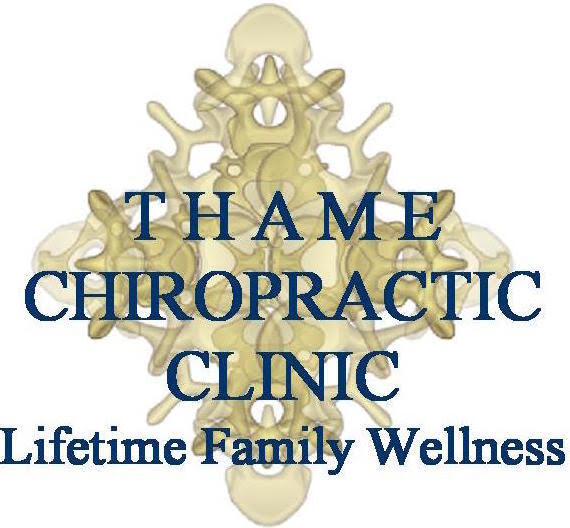Frequently Asked Questions
What does a Chiropractor do?
A Chiropractor’s primary goal is to improve the way your brain communicates with the rest of your body by aligning the vertebrae joints in your spine and removing nerve interference. This helps to remove any pain or discomfort, and can even improve the function of your organs. However, it’s important to note that different Chiropractors may have different philosophies about how to achieve this goal. Some Chiropractors follow the original philosophy established by DD Palmer in 1895, while others may focus more on treating specific symptoms within the Allopathic model. In addition to adjusting the spine, Chiropractors may also align joints in other parts of the body to improve overall function and health. They may also provide advice on natural healing techniques such as diet, exercise, stretching, proper sleep, and avoiding certain foods that may be harmful to your health.
Will Chiropractic care help sciatica or back pain?
The short answer is yes, Chiropractic care can be highly effective in treating back pain and sciatica caused by irritation to the sciatic nerve in the spine. However, the severity of the condition will determine if Chiropractic care is the right course of treatment for the patient. An accurate diagnosis and sometimes imaging such as X-rays or MRI scans are necessary to determine if a patient can benefit from Chiropractic treatments. While surgery may be required in rare cases, my experience as a practitioner has shown that only a small percentage of patients require such interventions. In most cases, conservative care such as Chiropractic treatment is the best initial option before considering more invasive medical procedures.
Is there Scientific Evidence for Chiropractic Care being effective?
There is a significant amount of scientific evidence supporting the effectiveness of Chiropractic care in treating a wide range of musculoskeletal conditions including back pain, neck pain, headaches, and arm and leg pain. Chiropractic is a regulated profession in many countries, including the UK, where it is overseen by The General Chiropractic Council.
On our website, we have videos and research Heidi Haavik that provide further information on the benefits of Chiropractic care.
Which Chiropractic Technique is best?
There is no one-size-fits-all answer to this question, as there are numerous Chiropractic techniques available and each practitioner may have their own preference. It’s essential to choose a technique that is gentle, yet effective and can be used on a wide range of people, including infants and seniors. Many Chiropractors use a combination of techniques to best serve their patients, and it’s always a good idea to consult with your practitioner about which techniques they use and why. Personally, I have found Sacro Occipital Technique (SOT) to be a highly effective and gentle technique that can address a variety of health issues.
Do all Chiropractors crack the neck when adjusting?
Not all chiropractors crack the neck when adjusting. There are many techniques and instruments available to chiropractors to adjust the spine without using this type of adjustment in the neck area. The decision on whether or not to use neck cracking or any other type of adjustment depends on the patient’s preference, age, and health of the spine, as well as the chiropractor’s chosen technique. In some clinics, chiropractors use instruments such as the Arthrostim to gently remove subluxations in the spine with a very light impulse. This type of adjustment is painless and can be used alongside other techniques.
What is the difference between a Chiropractor and an Osteopath?
Both professions aim to help the body heal itself, but they use slightly different approaches to achieve this goal. Osteopaths focus on restoring normal function and stability to joints, while Chiropractors aim to correct Vertebral subluxations/fixations in the spine that cause nerve interference and ill health in the body. Some Chiropractors also work on other joints to promote healing. The main difference between the two lies in the specific techniques and methods they use to achieve their goals. Ultimately, what matters most to the patient is finding a practitioner with the right level of expertise and using the technique that suits them best.
What is the Difference between a Physio and a Chiropractor?
In England, if you have a musculoskeletal complaint, your GP may refer you to a Physiotherapist as the first point of contact. While a Physiotherapist can prescribe exercises and help mobilize injured joints to improve the function of your musculoskeletal system, they are not trained to address nerve interference in your spine, which is essential for proper communication between your brain, muscles, and organs. This is where a Chiropractor comes in, as they are trained to adjust your spine and remove nerve interference, allowing for optimal function of your nervous system. Combining both Physiotherapy and Chiropractic care may be necessary depending on the injury, but it’s important to remember that without proper communication between your brain and body, exercises alone may not fully address the underlying issue and could lead to recurring pain. A Chiropractor is essential for addressing the root cause of the problem and ensuring long-term healing, as the absence of symptoms does not necessarily mean that an area has been fully healed.
Is Chiropractic covered by my insurance?
If you have private insurance, it’s likely that Chiropractic care is covered. However, the extent of coverage may vary among insurance companies. Some may only cover a portion of the cost, while others require the practitioner to be registered with their specific insurance company. In general, most insurance companies will cover the cost if the Chiropractor is registered with the General Chiropractic Council. At our clinic, we are not affiliated with any insurance company, but we can provide you with a receipt for you to submit to your insurance company for reimbursement. Rest assured that we are registered Chiropractors with the General Chiropractic Council.
Can Children and Infants receive Chiropractic Care?
Parents often wonder if taking their baby to a chiropractor is necessary. Although babies don’t have back pain, chiropractic care aims to improve spinal function to enhance brain processing and promote optimal development. The cramped quarters of the womb and strains of delivery can cause spinal and nervous system injuries in babies. Studies show that most babies have a spinal problem that could benefit from manual therapy, and longer labours increase the likelihood of these problems. Chiropractic care is safe for children and babies, and may even improve sleep and reduce crying.
What Qualifications and Training do Chiropractors have?
Chiropractors undergo extensive education and training. They typically complete a 4 to 5 year degree program, which includes a minimum of 1000 hours of supervised clinical training, as well as coursework in subjects such as anatomy, neurology, orthopedics, nutrition, diagnosis, and clinical competence. Most chiropractic programs require prerequisites in biology, chemistry, physics, and biochemistry or an undergraduate equivalent degree. After meeting all requirements, a degree in chiropractic is granted, which varies depending on the country attended. In the United States, chiropractors graduate with a Doctor of Chiropractic Degree, while in the United Kingdom, they graduate with a Masters in Chiropractic degree.

